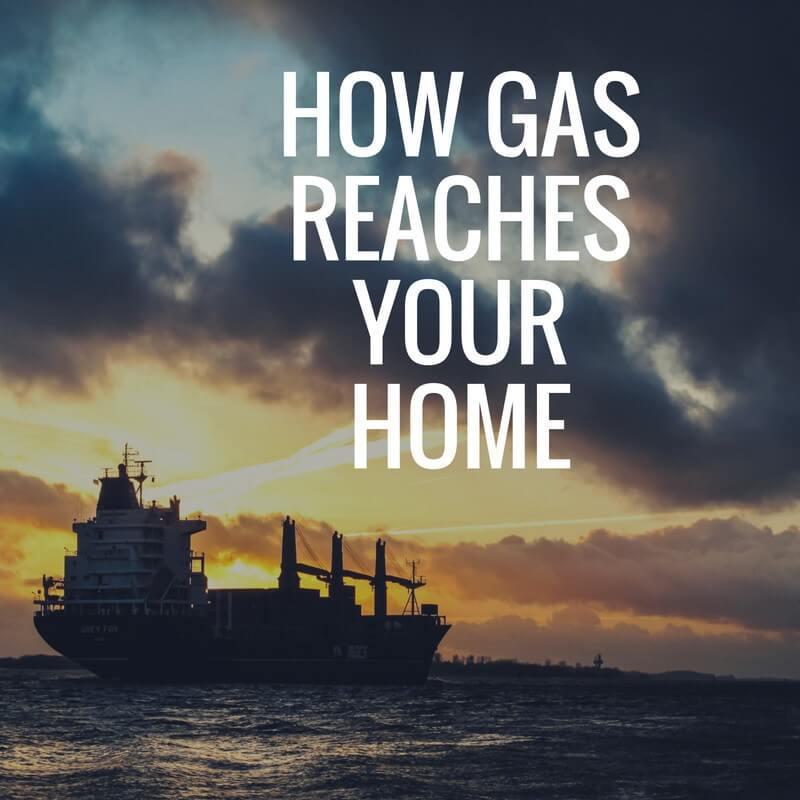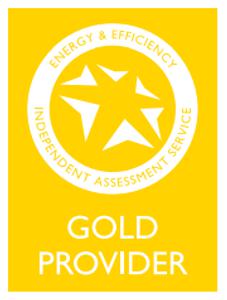
Gas is used in almost every home and business across the UK for providing heating, hot water and for use in food preparation. There are many different gas suppliers throughout the UK for households and businesses to select from.
In order for gas to reach your home or business, it has to travel for thousands of miles after it has been drilled by natural gas companies from the earth and brought to the surface with the use of pumps and wells.
The gas then travels through millions of pipes which run beneath the ground to get to where it needs to go before being delivered to your home through smaller pipes from your gas utility company.
The meter outside your house is connected to the pipes and provides details to the utility company of how much gas you are using.
The importance of the UK’s gas sources
80% of homes in the UK are fuelled by gas, and gas-fired power stations produce electricity for roughly a quarter of the UK. Using gas-fired power stations is a great way to deliver power in times of popular demand and are one of the easiest ways to create electricity. Therefore, gas, wind, nuclear and solar energy sources play a major part in the country’s energy mix.
Where does gas come from?
The UK receives its gas supply from the North Sea and the East Irish Sea which is an ample amount to meet nearly 50% of its requirements. In addition, a further 44% of gas is imported from Europe and Norway through pipelines. Tankers transport the remaining 13% of gas to the UK which is Liquefied Natural Gas (LNG).
Eventually, the gas obtained from the North Sea is going to decline and therefore the amount imported will need to be increased to guarantee the UK’s supply is consistent and dependable in order to keep our boilers working.
In the UK all of the transmission infrastructures belong to National Grid. The next step is ‘transmissions,’ where the quality of the gas is tested once it is in the reception terminals, before being inserted into the national transmission system.
There are 49 separate points across the UK where the gas exits the transmission system. It is then distributed to customers after it has been delivered to the distribution networks.
Gas Distribution Networks (GDNs)
There are 8 different Gas Distribution Networks in the UK (GDN’s) where the majority of gas is distributed through. There are four companies that own and manage these and they are:
- National Grid
- Northern Gas Networks Limited
- Wales & West Utilities Limited
- SGN
Independent Gas Transporter (IGT)
Although the Gas Distribution Networks distribute gas to many different areas in the UK, there are still lots of towns and villages that the GDN’s don’t stretch to. Therefore, an Independent Gas Transporter (IGT) will need to deliver the gas to those areas.
IGTs are necessary to transport gas to areas where homes across the UK are unable to obtain a source of energy in their homes where they have no mains gas supply in their town or village. To avoid the disruption of installing a gas pipeline to a village and repair work to pipes if needed, certain IGTs currently provide ‘trenchless technology solutions.’ Almost a million homes would be without gas if it wasn’t for IGTs.

Gas Suppliers
A gas supplier is responsible for supplying the gas in your home or business. Your supplier doesn’t sell gas. Their role is to deliver the gas to your property through their pipelines. Gas can only be sold by suppliers who are licensed by Ofgem (Office of Gas and Electricity Markets).
Gas meters
Your gas meter is the responsibility of your supplier. If you experience any problems with your gas meter, then you will need to get in touch with your gas suppliers. It is their responsibility for providing you with a meter and arranging for your meter readings.
Shipping procedures
Licensed shippers own the gas which they buy from importers and gas producers. When the gas runs through the system of transmission and distribution pipes, this then belongs to the licensed shippers.
Gas is purchased from producers. It then has to be transported by the NTS (National Transmission System) to supply points and then sold to gas suppliers.
National Grid is paid by shippers to allow them to transport their gas via the national transmission network and the importers of LNG then have to pay for permission to import LNG into the importation terminals.
National Grid is also paid by shippers and other distributors of gas to deliver their gas to businesses and households. Consumers are then charged for these costs which cover the network maintenance and operation, any building work and a 24-hour helpline for any gas emergencies.
Gas concerns
If you have any concerns about your gas supply in your home or business or you think you can smell gas call 0800 111 999. This is a free emergency gas number, which runs 24 hours a day, all year round.
Barrett-Bell offers a variety of gas training courses, please click here or call 01923 253 866 for more information.











